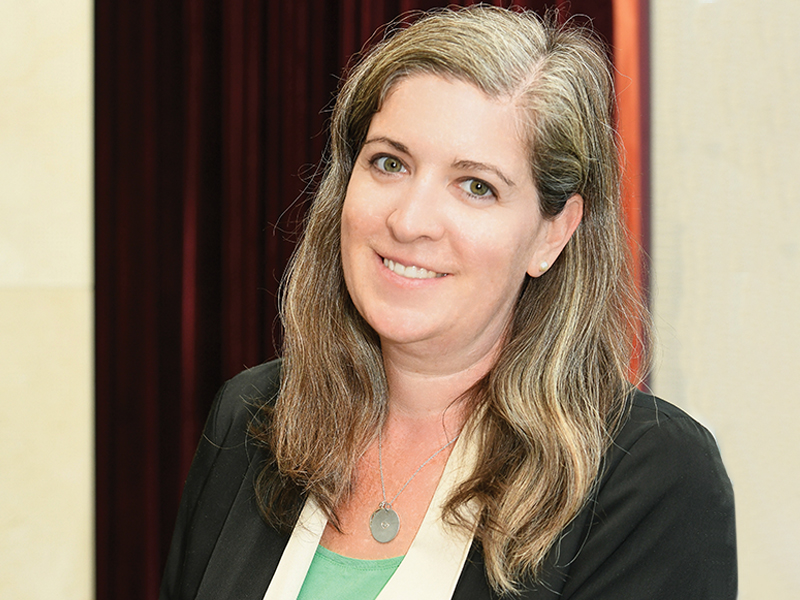
There’s never a drought of challenges for employers and 2023 is proving no different. Today, they’re facing inflation, labour shortages, competition for hiring, high turnover and employee burnout, to name just a few.
That’s why it’s no surprise the ball is firmly in employees’ courts. Alongside the interminable rise in the cost of living and a challenging labour market, workers have much more choice around whether they stick it out with their current company or move on.
So Benefits Canada posed the question to two employees in this month’s Head to Head. Aaliyah Corbin, the employee who moved on, highlighted several benefits and perks at her new employer. These include a profit-sharing bonus, hybrid working and extended health care, as well as the ‘Work-away’ program, which allows employees to spend a short period of time working from anywhere in the world, with the company contributing $3,000 to that experience.
On the other hand, while Jordann Kaye, the employee who’s staying with her employer, noted inflation has undoubtedly put pressure on employers to reduce hiring and delay raises, she also touted many workplace perks she currently enjoys, including fully remote working and a culture of autonomy.
Of course, every employee’s circumstances are different, but I believe both of the Head to Head responses illustrate the kind of working environments employees are looking for today. I urge employers to take note. Yes, it’s important that a robust total rewards package includes comprehensive benefits and savings plans, but don’t ignore some of the less tangible benefits, such as workplace culture, work-life balance and flexibility.
On the pension side, employers are also embracing flexibility and thinking outside the box in the way they’re evolving their retirement savings plans to cater to members’ changing needs and circumstances. At the 2023 Defined Contribution Plan Summit delegates heard from some plan sponsors doing just that.
Read: Coverage of the 2023 DC Plan Summit
PepsiCo Canada, which has a diverse employee population, reviewed its DC plan from a financial wellness perspective in 2020. Two years later, it enhanced the plan, with a core employer contribution going directly into the plan and optional employee contributions, with a maximum 3.5 per cent employer match, going to either the DC plan, a group registered retirement savings plan or a group tax-free savings plan.
The added flexibility allows employees to save for a variety of purposes, said Jaye Calder, PepsiCo Canada’s manager of Canadian benefits and retirement, during the event. “I recognize that some of our employees are not thinking about saving for retirement. They’re thinking about that emergency fund [or] they’re thinking about home renovations. They’re thinking about the family vacation.”
At Amazon, employee demographics also tie into the financial wellness offerings. With 55,000 workers in Canada, it has a relatively young workforce with an average age of 37. Adam Watson-Smyth, the organization’s benefits program manager for Canada, acknowledged today’s tough times, noting: “How can we work with what we have and what employees have and help them with their actual finances? And that’s where our initiatives come into place.”
Read: PepsiCo Canada session
Read: Amazon session
These initiatives include health and wellness consultants, a financial wellness concierge service, benefits champions and benefits booths. “We’re really big on trying to help people manage their finances,” said Watson-Smyth. “So whether it’s creating a budget [or] managing debt . . . [or] building credit. . . . The list goes on.”
Indeed, while employers are facing multiple challenges, the list goes on and on for employees as well. With the cost of living up across the board and people prioritizing work-life balance in the wake of the pandemic phase of the coronavirus, they’re paying close attention to what’s on offer at their current company and what other opportunities are available.
Jennifer Paterson is the editor of Benefits Canada.
